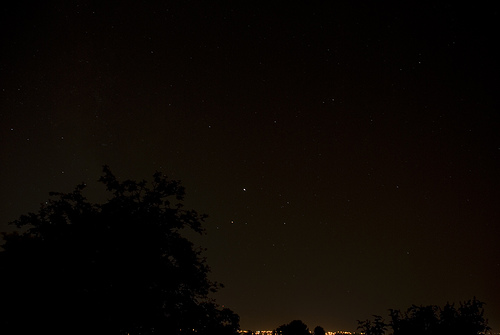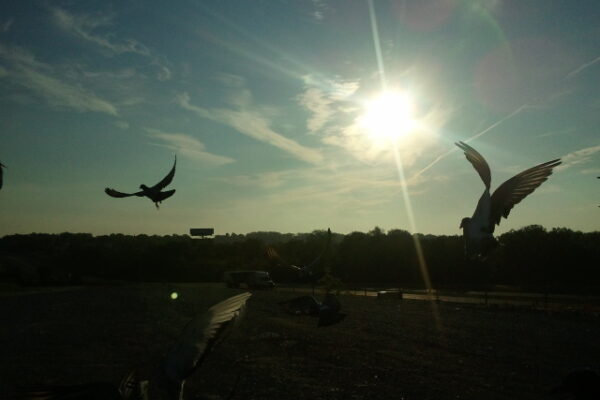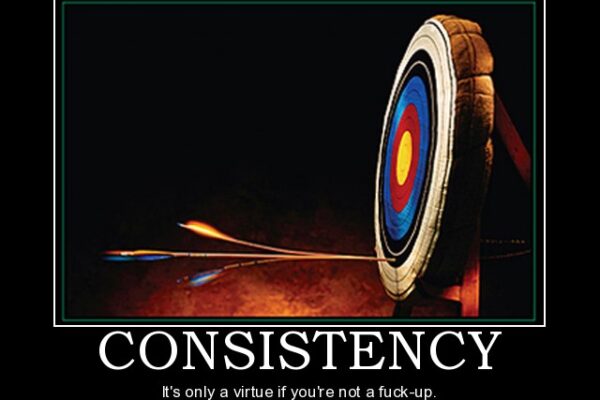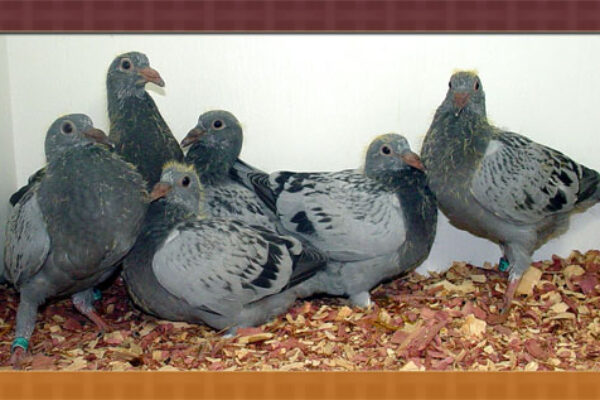The Darkening System
 First when we say darkening your loft
First when we say darkening your loft
You can use anything to cover your loft windows with whatever is convenient and at your disposal: curtain material, wood, or a piece of tin.
I personally cut up a thin sheet of plywood. I run it in a grove so I can slide it in front of my windows inside my loft to darken the room. It also comes in handy later to darken the loft to catch your birds for training, as they are more calm when being caught.
How dark should it be?
Like a night with no moonlight. Try not to have light coming through little peek holes in your loft. I would say just try and keep it as dark as you can.
Ventilation for darkening a loft is very important
Any ventilation is fine as long as daylight does not come through it. You can also use power vents if desired. Power vents may be a better choice in warmer climates.
When do I darken the loft?
I would say to your convenience. Keep in mind your birds can only have eight hours of daylight per day. For example: from 8 AM to 4 PM; maybe 9 AM to 5 PM; or 10 AM to 6 PM. Whatever is convenient for you.
How old should my young birds be for the darkening system?
At the age of thirty five days. However, some people start them on twenty eight days old, while others wait until they are fifty days old. We found they will start to drop their primary flights if you decide to go beyond the 35 days, but as soon as you put them in the dark, they will stop dropping their primary flights.
Dropping body feathers
You will notice body feathers in your loft after two weeks of beginning the darkening system. The birds will go through their body moult which will take about nine to ten weeks. They should not drop their primary flights.
When do I feed birds that are in the dark?
That will be up to you. I always try and feed them a little before I let them out for their morning exercise, and one hour before I darken the loft. It’s amazing how they find their way around in the dark in the loft, even to go for a drink.
How long should they be in the dark?
Twelve weeks, but longer if you like.
Exercise for your birds
Exercise your birds as you like.
Caution in training your young birds that just come out of the dark, or still in the dark – It didn’t seem to make a difference in training. We all found extreme care must be taken here. Where dealing here with young birds that have feathers like old birds, but in their mind they are still young birds. They panic very easily and are capable of flying great distances before realising they are lost. In our club we found to have fewer loses if we trained in the morning only. Take extreme care, start slowly, don’t push them up the road too fast. They seem to lack confidence. Sometimes later in training I have taken a couple of yearlings along to help build up their self-esteem until they become sure of themselves. I train three times a week right up to the end of the racing season .
The first week in August
The daylight hours are getting shorter, now we start to increase daylight hours in the loft by turning on the electricity which is set on a timer to create fourteen hours of daylight in the loft. This is to delay the body moult .
Now, the lights are turned off halfway through September. Within ten days after shutting off the lights they will start their complete body moult. They sometimes drop their last flights in the winter months but that is not a concern. I have found out that my young birds moult out faster in their own original young bird loft better than trying to move them too soon to a yearling loft.
Feeding after the race season when they have started their moult
It is very important to feed them good quality grains two times a day till they are through their moult. Give them lots of rest, and limit the amount of exercise during this period.
The Darkening System By Roland Paret
The Leading Online Pigeon Racing and Racing Pigeons Magazine – The Pigeon Insider









Very good article for someone that wants to try it. I find it unnatural for the birds. People I know used it and performed well.
I have always used a natural system or lighting system. What every flier should understand is that you need to use a system in order for your birds to perform well. They also need to know that you must have a system that works for you and your birds and stick with it .
Birds need to be in condition and form keeping them that way is the hard part. That’s when you know your system is working.